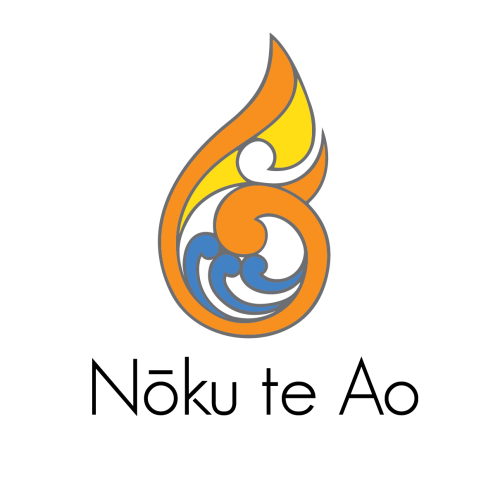
by Noku Te Ao
20 Hours ECE
Eligibility for 20 Hours ECE All 3, 4 and 5-year-old children enrolled at an ECE service or kōhanga reo that offers 20 Hours ECE are eligible. This is regardless of family income, immigration status or any other reason. Please note: It had been proposed that this be extended to 2 year olds but this has been repealed by the current govenment.
Eligibility starts when a child turns 3 and ends when they start attending school. As children must be enrolled in school by their 6th birthday, the last day that can be claimed as 20 Hours ECE is the day before a child’s 6th birthday.
Parents need to have signed the 20 Hours ECE attestation on their child’s enrolment form before it can be claimed. 20 Hours ECE can only be claimed from the day a parent has completed and signed the attestation, it cannot be claimed retrospectively.
Parents must be able to choose how they allocate 20 Hours ECE for their child, up to the maximum of 6 hours per day and 20 hours per week. There are rules around 20 Hours ECE regarding full or partial absences which can result in the funding being stopped after 3 weeks or if there have been frequent absences over a three month period - more information regarding these rules are available on the Ministry of Education website - www.education.govt.nz
If your tamaiti is going to be absent for a planned time, you may find it beneficial to arrange a change of the days for which you are claiming the 20 Free so it adjusts. For example, if your want tamaiti's days fall a on Public holidays for that week you can arrange to move the allotted hours to another day and then move it back for the next week to maximise your 20 Free subsidy - please get in touch with Dy before the holiday - (this can be done in advance for the year if you arrange it, specify the days and the move required and get it signed in advance).
Nōku Te Ao also receives bulk funding from the Ministry of Education which is calculated at a hourly rate per tamaiti and is used for operations.
We receive Equity Funding for Language because we teach in a different language from the dominant culture - ie, we teach in te reo Māori which is different from English and we use this funding to get rauemi Māori and to upgrade our reo we use with ngā tamariki. And now we also receive Targeted Assistance Funding which is to help assist disadvantaged whānau. Nōku Te Ao uses the Targeted Assistance Funding to employ kaimahi over the minimum ratio - our biggest asset in helping whānau is having the people to do it - He aha te mea nui o te ao? He tangata, he tangata, he tangata. Having extra kaimahi means we can go on haerenga, we can have one on one with whānau or tamariki who need it and we can spend more time assessing and evaluating needs. This decision was made at Hui Trustee and Hui Kaimahi.



